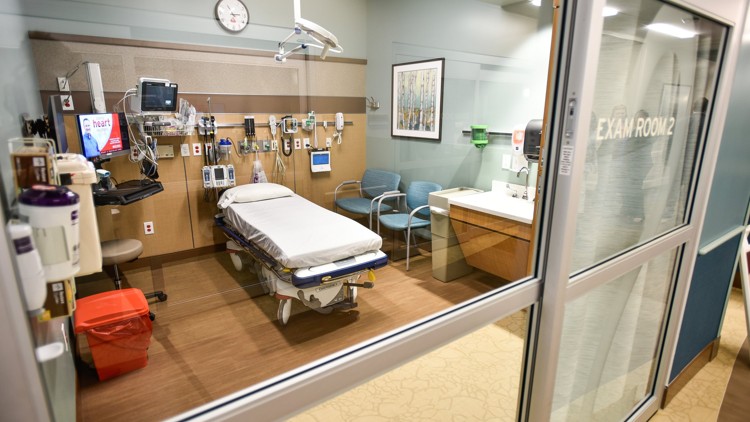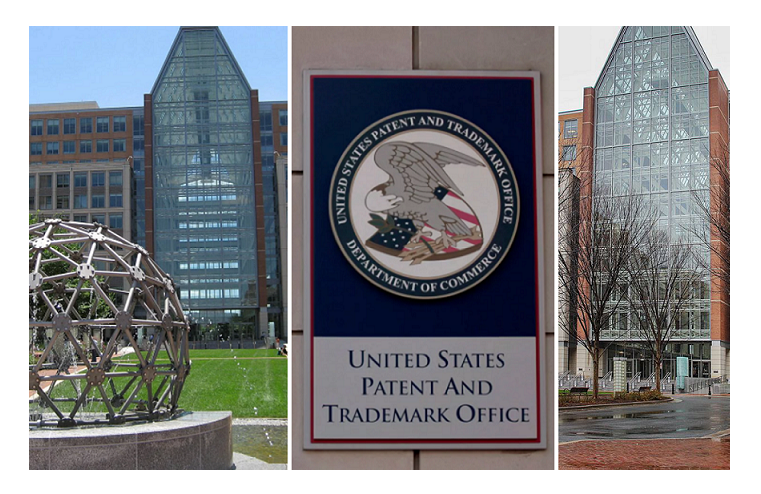WARSAW, Indiana, Jan. 02, 2019 (GLOBE NEWSWIRE) — OrthoPediatrics Corp. (“OrthoPediatrics”) (NASDAQ: KIDS), a company exclusively focused on advancing the field of pediatric orthopedics, today issued a statement from Daniel Gerritzen, Vice President and General Counsel, concerning actions it filed against Robert von Seggern, a former employee, and WishBone Medical, Inc. in an Indiana state court in late December 2018 (the “Sanctions Motion”). These actions are part of OrthoPediatrics’ existing lawsuit against von Seggern and WishBone Medical for, in part, violations of Indiana’s and federal trade secrets statutes (OrthoPediatrics Corp. v. Robert von Seggern & WishBone Medical, Inc. Whitley Superior Court, Cause No. 92D01-1705-PL-000150).
The underlying lawsuit alleges that von Seggern stole OrthoPediatrics’ trade secrets and confidential information and then turned those over to WishBone Medical for its use in developing pediatric orthopedic products. The Sanctions Motion requests the Whitley Superior Court to sanction von Seggern and WishBone Medical for their repeated, deliberate efforts to subvert the discovery process by refusing to produce responsive documents and information, hiding or otherwise destroying evidence, and making misstatements to OrthoPediatrics and the Court concerning the existence of responsive documents and its efforts to find and produce such materials.
“OrthoPediatrics welcomes legitimate competition because that means more kids with pediatric orthopedic conditions will have greater opportunities to be helped,” stated Gerritzen. “However, we will not tolerate individuals or entities misappropriating our property, in part, to leapfrog years of design and testing work and avoid the significant monetary expense of bringing competing products to market. With this in mind, we will continue to aggressively pursue every legal remedy to protect and safeguard our research and product development efforts to improve the lives of children with pediatric conditions. This includes holding those accountable who attempt to use, without authorization, OrthoPediatrics’ trade secrets and confidential information. The trade secrets and confidential information we have become aware von Seggern and WishBone Medical misappropriated relates to aspects of our current Trauma and Deformity Correction medical devices. While very serious, the misappropriation does not significantly jeopardize our overall research and development pipeline.”
Gerritzen continued, “OrthoPediatrics takes active measures to protect its trade secrets and confidential information. These safeguards continue to be refined and adapted in light of ever-changing threats. Due to its ongoing lawsuit, OrthoPediatrics will not provide any additional comments or details regarding this matter other than what is reflected in court filings and Court orders.”










